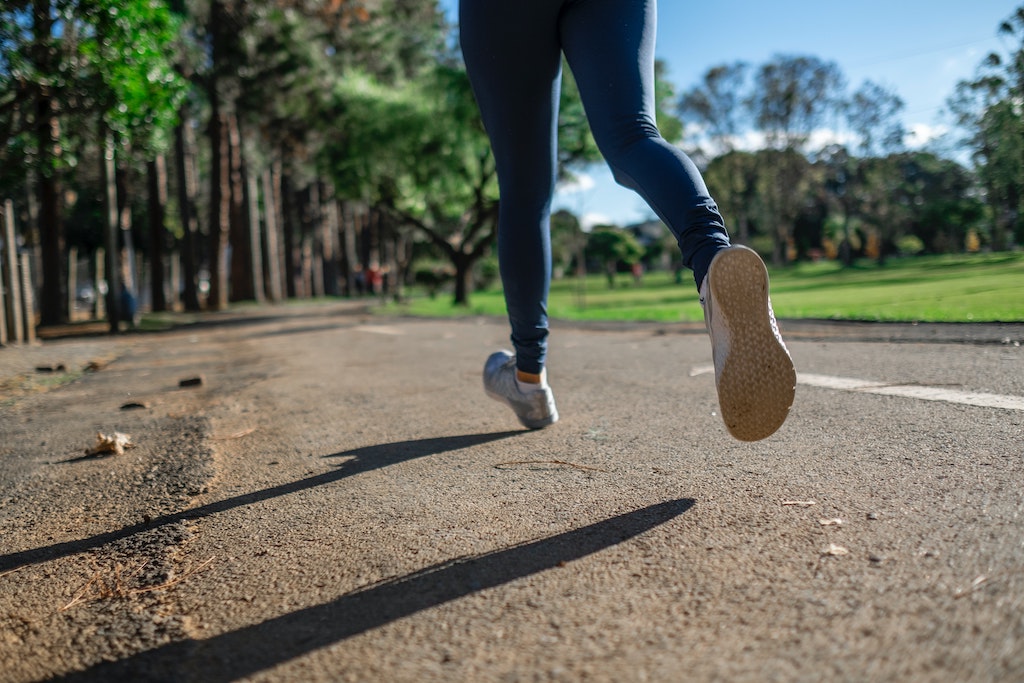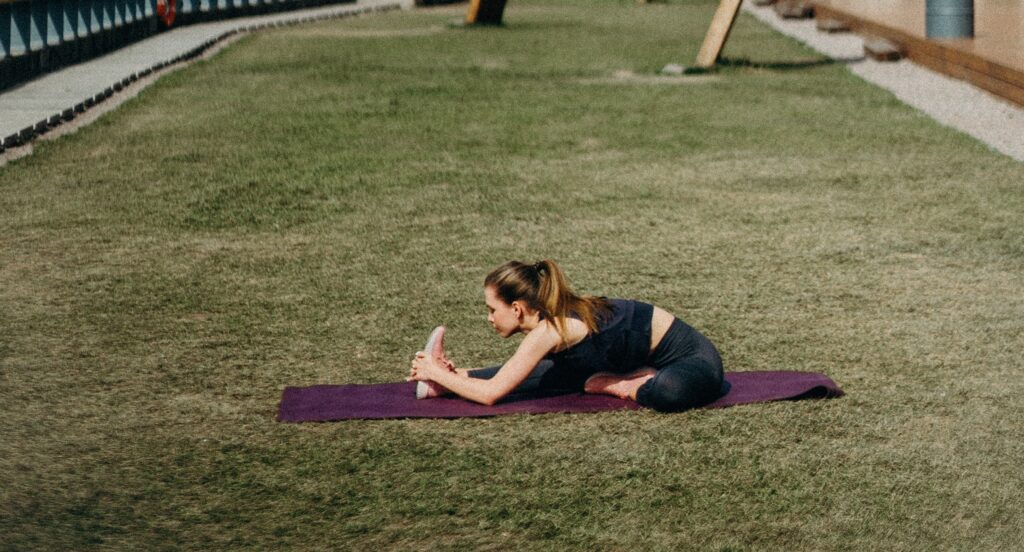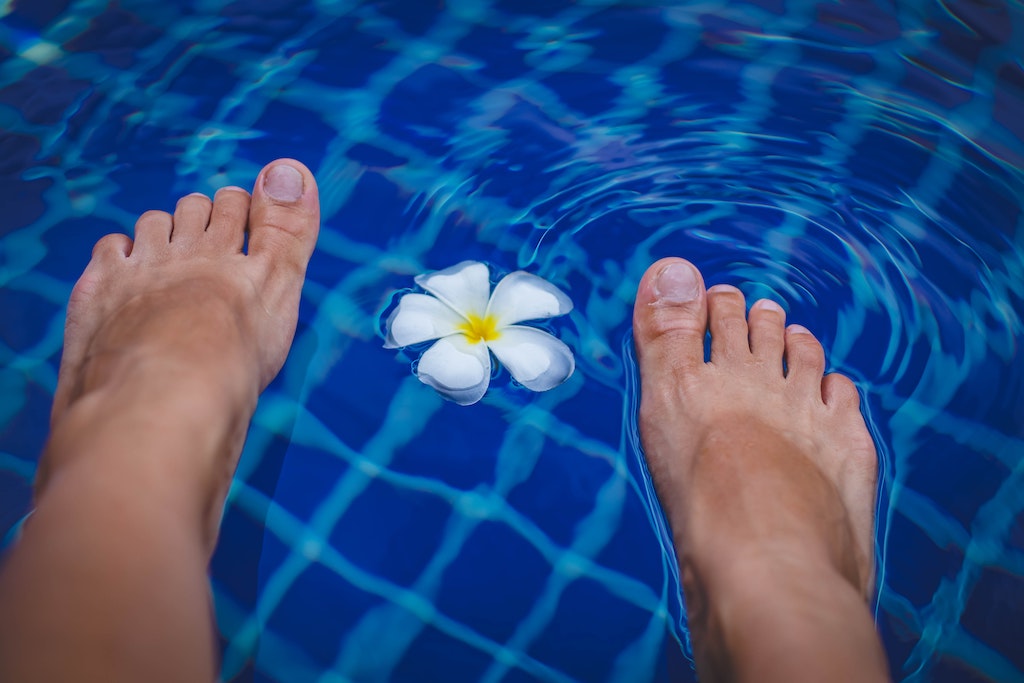
Written by Megan Howard, Guest Writer
If you exercise regularly, or at least on a semi-regular basis, you may know how painfully frustrating injuring your feet can be. In addition to causing pain and discomfort that you may need to endure for a few days or weeks, common injuries usually mean taking an unplanned break from your exercise regime. They prevent you from doing something you love, which can feel like adding insult to injury.
While the possibility of injuring your feet while exercising or playing sports is always present, there are steps you can take to decrease the chances of that happening. Let’s explore the most common exercise injuries to your feet and how to prevent them.

Feet Get Injured
A runner’s survey in 2006 found that in younger and older people, the feet were the second most common sites of injury. According to the American Academy of Orthopedic Surgeons, foot and ankle-related issues account for 25% of athletic injuries. Basically, foot injuries, especially those associated with exercise and fitness, are a fact of life.
This isn’t surprising, if you consider the structure of the foot. A quarter of all the bones in our body are in the feet, which also have over 100 muscles, tendons, and ligaments, and almost three dozen joints. What’s more, they carry the weight of your entire body. If you engage in high-impact activity, you could be subjecting your feet to forces that are as much as 20 times your weight. Biomechanical problems, flat feet, incorrect footwear, and exercising on a hard surface such as asphalt or concrete are other factors that can increase your chances of injuring your feet.
Exercising regularly or semi-regularly could result in a sudden injury to your feet, or it could lead to the development of an injury over time. Thankfully, there are ways you can decrease your chances of being laid low because you need to put your feet up and wait for the healing to happen.

Common Exercise-Related Foot Injuries
Several of the most common exercise-related foot injuries include:
- Plantar fasciitis;
- Stress fractures;
- Turf toe; and
- Sesamoiditis.
Let’s find out what they are, what causes them, and how to prevent them.
Plantar Fasciitis
The thick band of tissue under the foot is the fascia, and plantar fasciitis is the inflammation of that tissue band. It’s a common exercise-related injury among people whose training involves a lot of running and/or jumping. Plantar fasciitis is common among dancers, as well as people who are overweight, have high arches or flat feet, and who wear high heels or flat shoes with thin soles.
Some common symptoms of plantar fasciitis are heel pain in the morning and tight calves.
If you do develop it, don’t worry. According to the University of Michigan, most patients don’t require surgery to treat it. Most people heal with simple treatments such as physical therapy, ice packs, and rest.
How to prevent plantar fasciitis:
- Stretch the soles of your feet, Achilles tendons, and calves regularly.
- Wear supportive footwear.
- Swap high impact exercises for yoga or low-impact alternatives when you start to suffer from the symptoms.

Stress Fractures
Repetitive activities, suddenly increasing the intensity of your exercise regimen, low bone density, training on hard surfaces, and wearing poorly cushioned shoes can lead to stress fractures. They’re common in gymnasts, dancers, runners, and people who play sports such as basketball and tennis.
The hairline fractures can form in the large heel bone, but according to orthopedic surgeon Dr. Jay Crary, they’re more common in one of the foot’s long bones, usually the second and third metatarsals. You wouldn’t usually associate stress fractures with swelling; instead, the area around the crack usually feels warm and tender. You may also experience pain in that area during exercise or other physical activity.
In most cases, stress fractures heal without the need for surgery or a cast.
How to prevent stress fractures:
- Gradually increase the intensity of your exercises
- Train on softer but supportive surfaces.
- Wear shoes with proper cushioning.
Turf Toe
If you sprain your big toe by bending it forcefully beyond its usual motion range, you have what’s known as turf toe. As you might have guessed from the name, it’s most common among people who play sports, run, or exercise on grass or artificial turf. But it also happens among people who practice martial arts. Wearing shoes that are too flexible and don’t offer enough support is another cause of turf toe.
In most cases, this common exercise injury happens when a shoe sticks to the artificial turf or other surface while momentum keeps your body moving forward.
How to prevent turf toe:
- Use athletic tape for greater support.
- Use proper running mechanics.
- Wear shoes with hard soles when you run, or exercise on hard surfaces.
If you develop turf toe, wait for your toe to stop swelling and then tape it to restrict its movement. This should lower your chances of aggravating the injury and increase your chances of healing faster.

Sesamoiditis
Repeat pressure on your foot, exercising on a hard surface while wearing shoes that don’t offer sufficient support, and high-impact activity can all cause sesamoiditis. The injury takes place when the tendons attached to the two small bones of the big toe, known as the sesamoids, become swollen. But you won’t necessarily feel it where you think you might. The first sign is usually a dull pain in the ball of the foot, which you’ll feel especially when you put weight on it such as by pushing off or jumping.
How to prevent sesamoiditis:
- Wear comfortable shoes that provide adequate support, cushioning, and shock absorption.
- Make sure your shoes have a toe box wide enough to prevent your toes from cramping.
- Replace your running shoes every six months.

Support Healthy Feet
While there may be factors beyond your control, the most common exercise-related foot injuries are largely preventable.
One of the best ways to avoid these injuries is to ensure that you have good-quality shoes for exercising or playing sports. Your shoes should fit comfortably, provide you with adequate cushioning and support, absorb shock, and not cramp your feet.
Take the right steps to avoid common foot injuries. Support your health by supporting your feet.





2 Comments
I am reading a blog on this website for the first time, and I would like to tell you that the quality of the content is up to the mark. It is very well written, also helpful information. I will undoubtedly make use of your research resources. I would thank you for the information provided in such an apt way. It answered all my queries. I will indeed read all the blogs from now on.
Thanks for reading our blog! Glad you find the information useful. Enjoy!